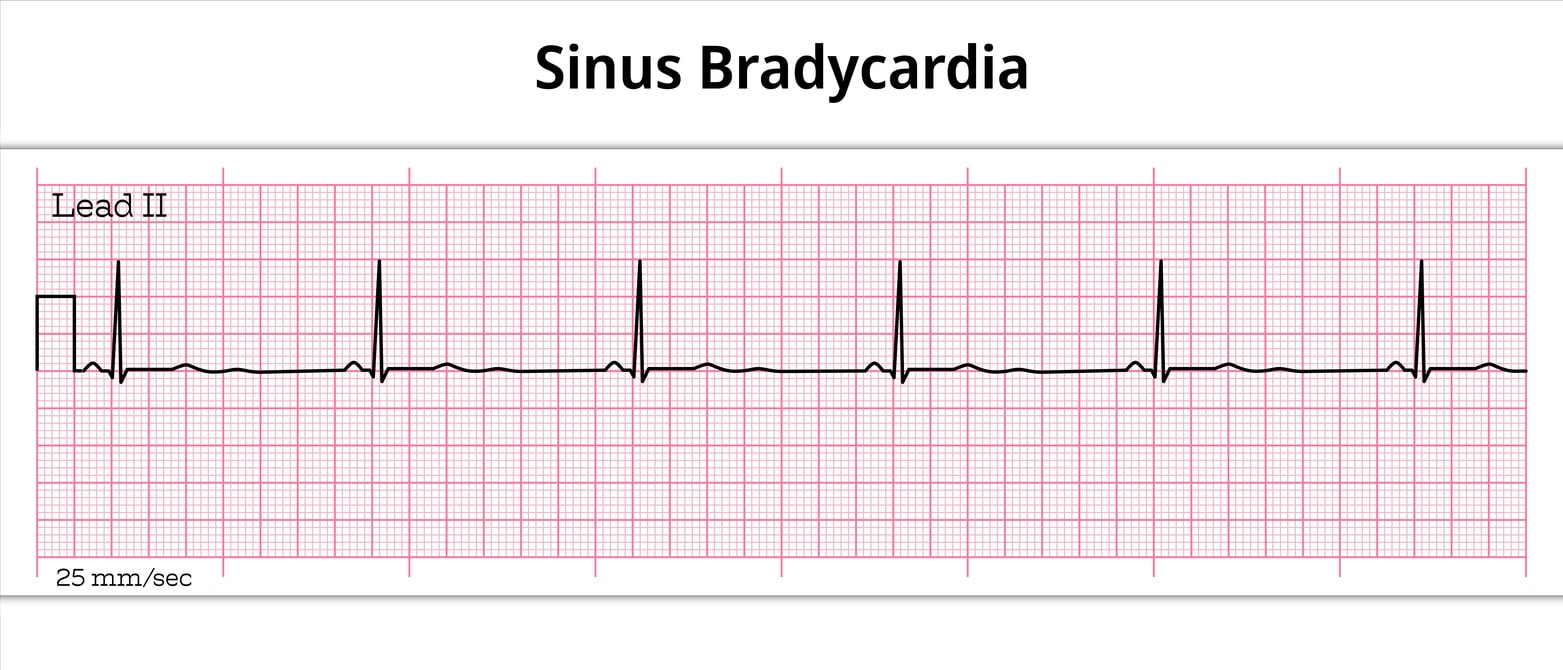

Choking is a life-threatening emergency that can happen to anyone, anywhere. Knowing the correct steps to take can make the difference between life and death. For healthcare professionals and trained first responders, the BLS Adult Choking Algorithm provides a standardized, effective approach to managing this crisis.
The Basic Life Support (BLS) guidelines, established by the American Heart Association (AHA), offer a clear sequence of actions. Understanding this protocol is crucial for anyone with BLS certification, as it ensures a systematic and proven response. Let’s walk through the process for a conscious adult who is choking.
The BLS Adult Choking Algorithm is a structured set of actions designed for managing a Foreign-Body Airway Obstruction (FBAO) in adults. The initial and most critical step is to determine the severity of the obstruction. Is the person able to cough, speak, or breathe? Their ability to do so will guide your next actions.
First, ask the person, “Are you choking?” A person with a severe airway obstruction will not be able to speak, cough, or breathe. They may use the universal sign for choking by clutching their throat with one or both hands.
If the person can cough forcefully, speak, or make sounds, the airway is only partially blocked. In this case:
If the person cannot speak, cough, or breathe, or makes high-pitched noises while inhaling, the obstruction is severe. This is a true emergency, and you must act immediately.
For a conscious adult with a severe airway obstruction, the recommended action is to perform abdominal thrusts, also known as the Heimlich maneuver.
The standard abdominal thrust technique may need to be modified for pregnant individuals or people with larger body sizes where you cannot wrap your arms around their waist.
For Pregnant or Obese Individuals: Perform chest thrusts instead of abdominal thrusts. Position your hands in the center of the person’s chest, on the lower half of the breastbone. Deliver firm, inward thrusts, similar to the motion of chest compressions but more forceful.
If your efforts to relieve the choking are unsuccessful and the person loses consciousness, you must transition to a different set of actions within the BLS algorithm.
The force from the chest compressions can sometimes be enough to dislodge the foreign object, which is why checking the airway before giving breaths is a critical step.
Knowing the BLS Adult Choking Algorithm is an essential skill for healthcare providers and a valuable asset for anyone. While reading about the steps is a great start, nothing replaces hands-on practice. Proper training ensures you can perform these life-saving maneuvers correctly and confidently when it matters most.
At Safety Training Seminars, we provide comprehensive, American Heart Association (AHA)-certified BLS courses that cover choking emergencies for adults, children, and infants. Our blended learning format combines a convenient online course with a brief, in-person skills session at one of our 70+ locations across California. This approach guarantees you receive high-quality training that fits your schedule. Our experienced instructors will guide you through hands-on practice, ensuring you master the techniques needed to save a life. Ready to gain the skills and confidence to act in an emergency? Book an appointment with us and get your certification card the very same day.